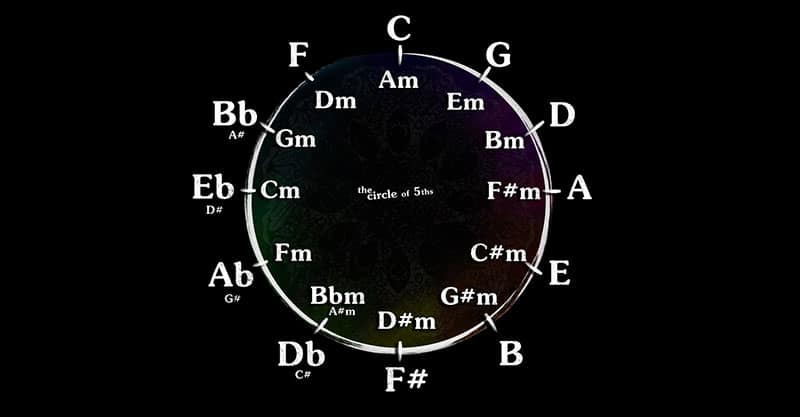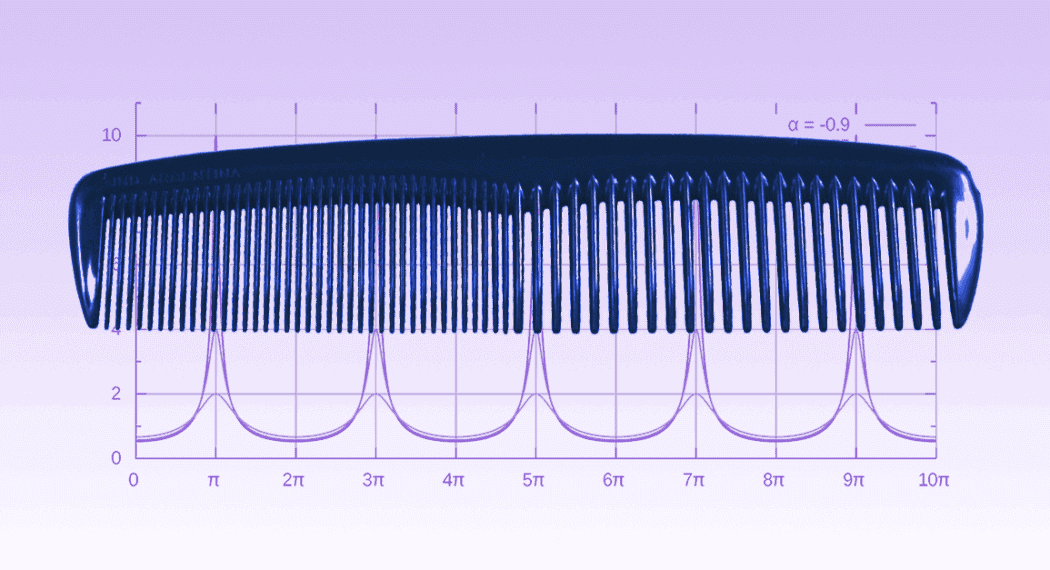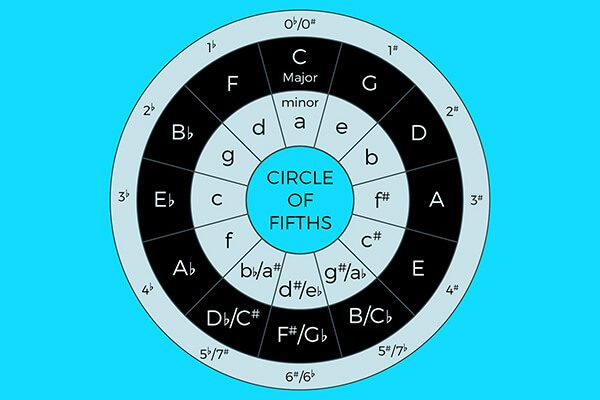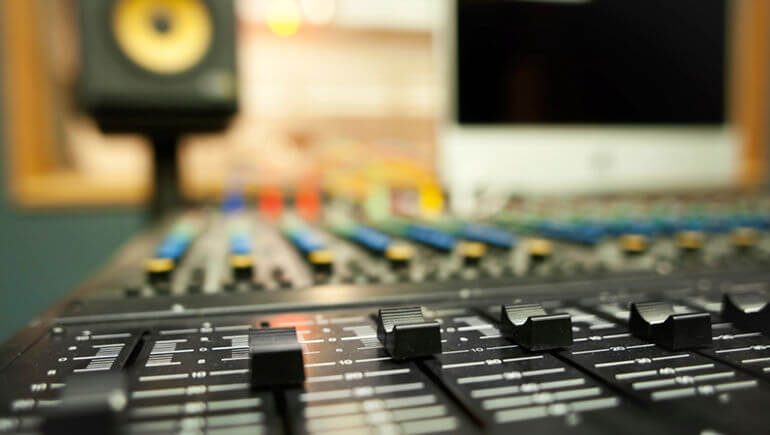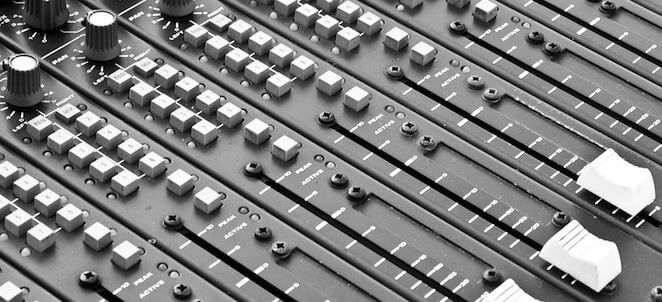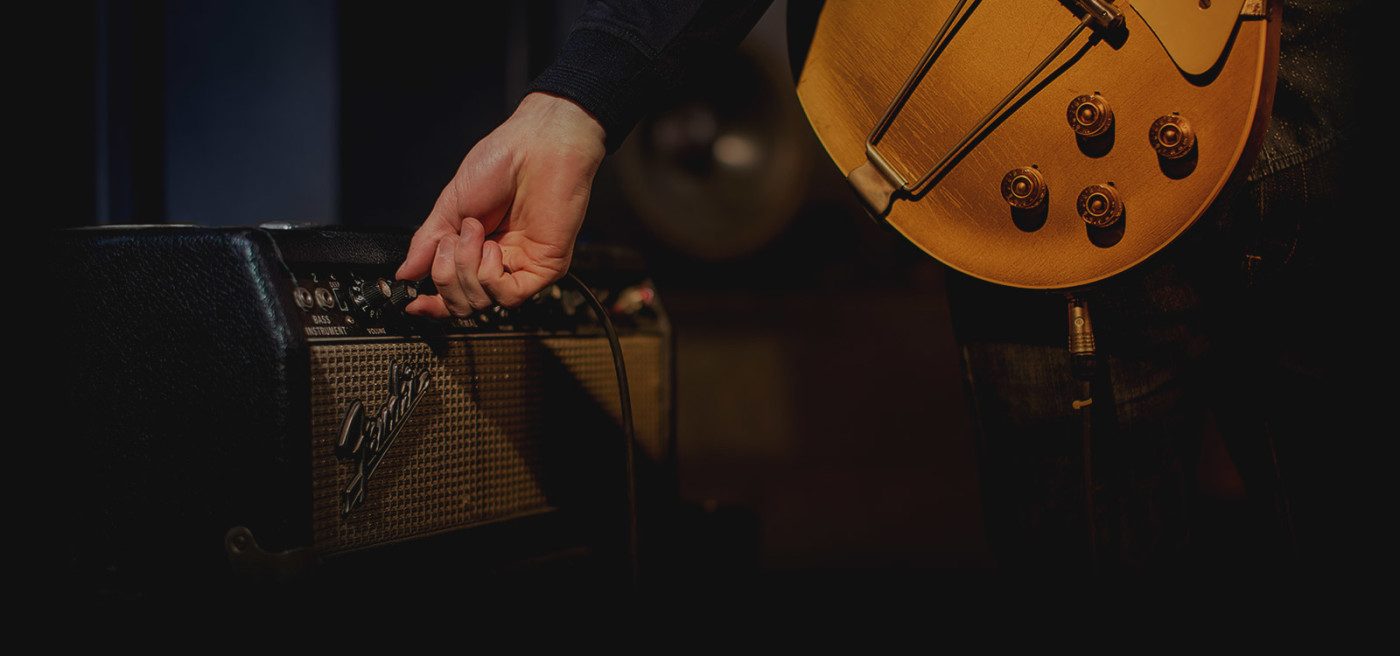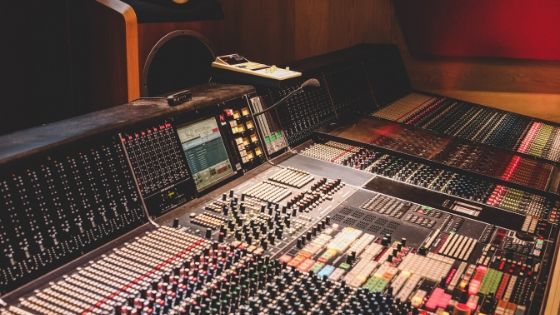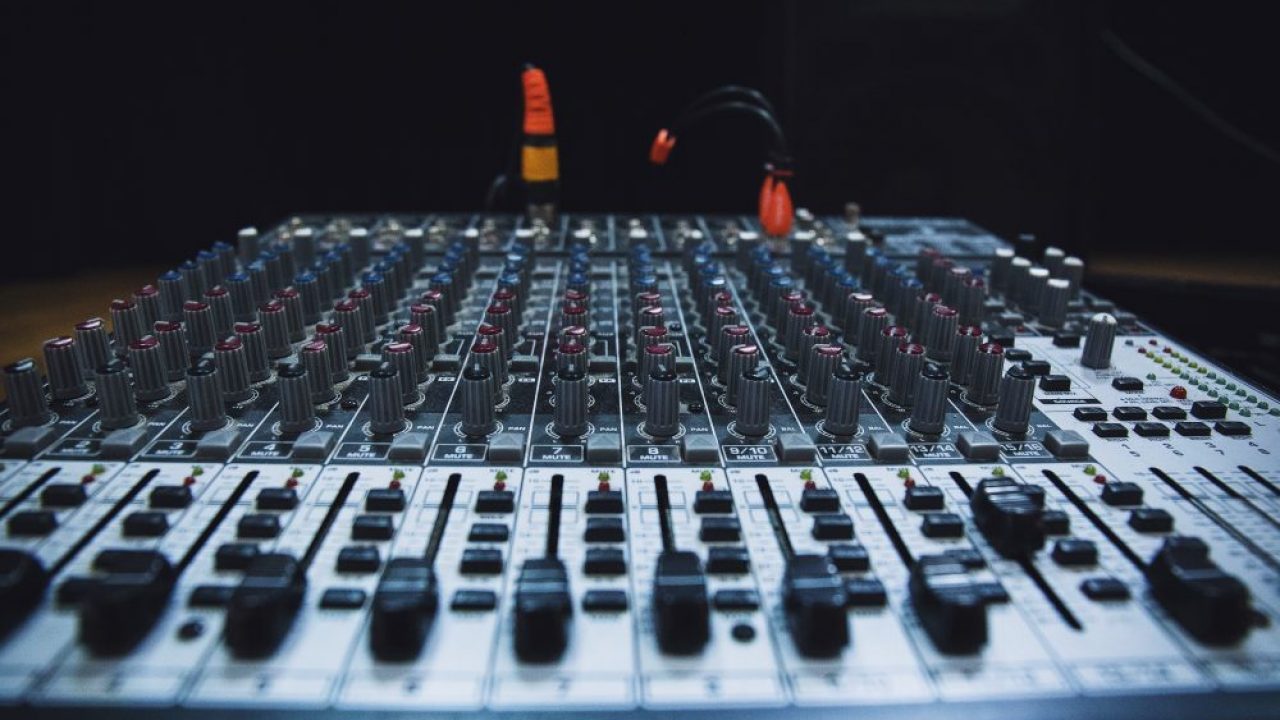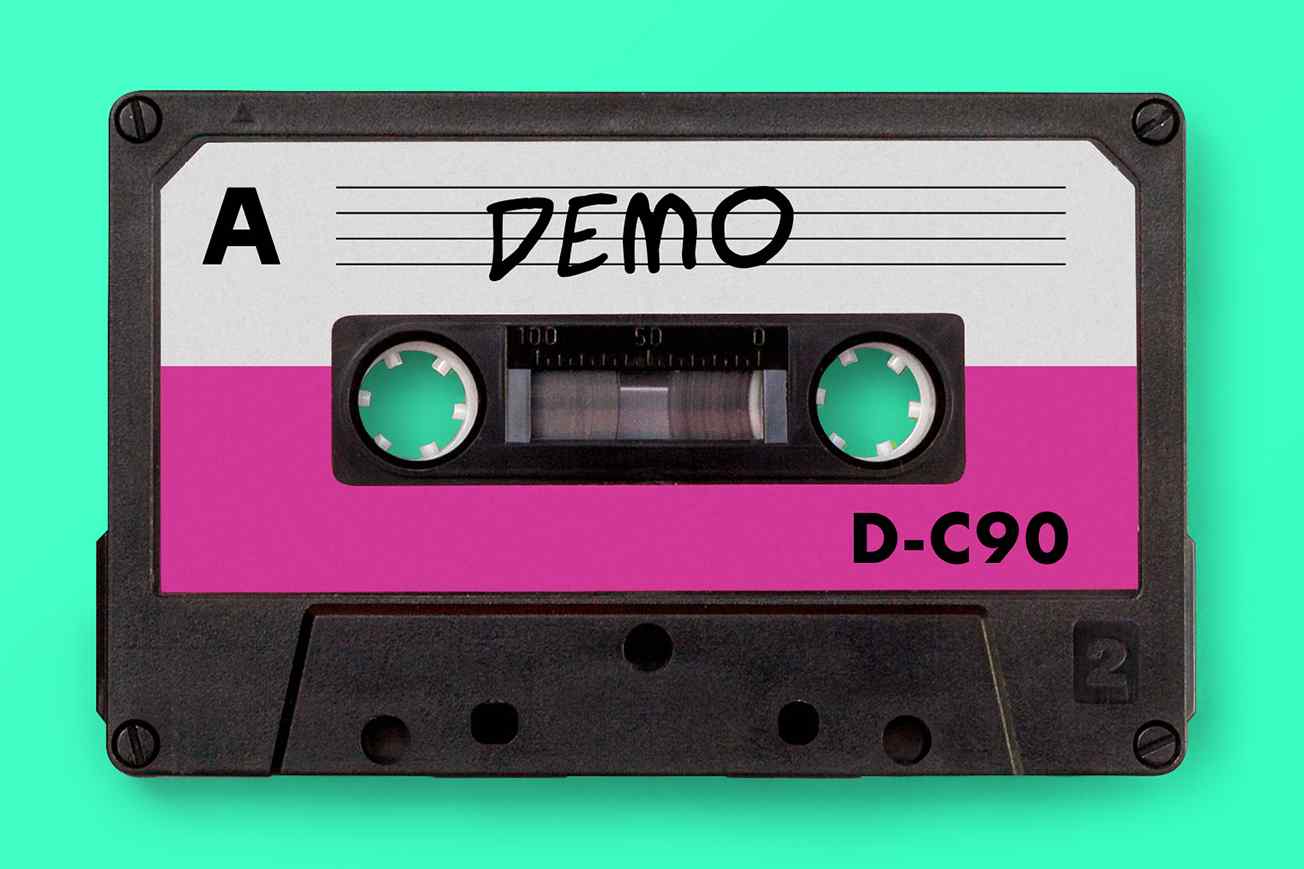Continue to discover how to use the circle of fifths in your songwriting… Continue reading →
SoundCloud
A necessary one to know is known as comb filtering. It’s a novel phenomenon that’s generally used as an audio effect—however, can even wreak havoc in your combine.
In this article, I’ll unpack the period, clarify the place it’s helpful and the place you’ll want to keep away from it in your workflow.
Let’s get began.
In this article, I’ll clarify what the circle of fifths is, the way it works, and the way it might help you make music. Let’s get began. Continue reading →
In this article, I’ll explain everything you should find out about pre-mastering. Let’s get began. Continue reading →
In this article, we’ll have a look at the fundamentals of mixing your drumbeat. Continue reading →
Continue to discover mixing beats and how to mix 808s, vocals, and melodic parts… Continue reading →
Triads are one of the most basic knowledge in music theory.
They’re the simplest type of musical chord, but they’re an essential pattern that’s discovered throughout a number of structures in music.
However even if you have a basic understanding of what triads are, it’s worth looking into them in detail.
In this article, I’ll clarify triads clearly, show why it’s helpful to learn them and provide you with ideas to work with them in your music.
Let’s get started.
Mixing is one of the trickiest parts of finishing a track, however, it’s also an exciting step in music production. So, it’s no surprise that you’re searching for some online mixing resources.
Headroom is a crucial quality of audio signals in music production.
It comes into play every time you record tracks, add plugins, or export files along with your DAW.
However, what does it mean? And why does it matter? With such a basic subject it can be hard to know where to begin.
Fortunately, headroom is simple to understand once the role it plays in your work.
In this article, I’ll explain all the things you should know to keep good headroom everywhere it matters.
Let’s get started.
There’s no single method to approach making music. Whether your process starts by creating beats or going on a walk, there are not any wrong ways to start. However, one common practice in the early stage of production is to create a music demo to sketch out your concepts.
Recording your demos will describe your music idea, improve your productivity, and provide you with more opportunities as an artist. There are lots of complicated and difficult aspects of creating music. Fortunately, this isn’t one of them.
In this guide we’ll explain why recording your demo tracks is so essential. It’s an easy habit to include structure, clarity, and consistency in your music.

